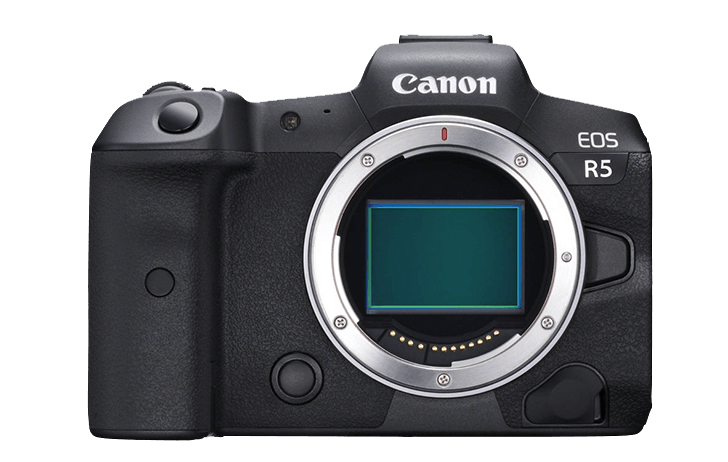When it comes to bugs with cameras and lenses, I tend to err on the side of caution posting about them. Most that are sent to me tend to be a user or environmental issue. This one, however, I can make happen on my own Canon EOS R5.
I'm not sure that this has had any real-world negative effect on my shooting, but we all shoot differently, and it could be a bigger deal for others.
Canon Rumors reader juanmaasecas sent me the above example of the issue with this explanation.
Some weeks ago I found what I think is an annoying bug with the IBIS in the Canon R5 (some users also experience it with the R6).
When the ibis is set to “always ON”, the sensor twists after the first picture is taken, producing a blurred picture. If you keep pressing the shutter half (while in continuous autofocus or just In single) and then take more pictures, the rest are just fine.
I went to Canon repair center/showcase here in Hong Kong, and the cameras there show the issue as well (that is why I didn’t leave my camera for repair), and yet canon has not yet repaired the issue (I discovered it first in firmware 1.2.0 that I bought the camera with, but still happens in 1.3.0 and 1.3.1).
If you do experience this issue, you can report it to your local Canon subsidiary.


With that being said, I've never noticed that issue on my R6. I've seen the EVF twisting after the exposure, but I suppose that is "expected behaviour".
P.S. it does seem to be better with the later firmware updates.
But I love the combination of RF24-70 with IBIS. It is good with other lenses too but RF24-70 (at 70) was spectacular.
I managed to shoot close distance at 1/3rd of a second at 70mm with no camera shake at all.
However, to achieve this I always shoot continuously and choose the best. Even so in my 24-70 case there were many keepers.
I have been shooting Sony for years without this issues, I know how to handle shooting at slow shutter speeds, how to hold my breath, etc.
And both pictures are taken separately, it means, it’s not a burst of pictures, but holding half, fully press, go back to holding half, fully press, etc (I can do it several times and ONLY the first one is shaken and ONLY when ibis is set to always on).
I wrote about this issue in my review and tested it it on about 6 lenses... the efficiency of the IBIS was about 2 EV when considering the edges. (But +1 or +2 EV higher if evaluating the center sharpness only.)
The details are here, in 1/3 of the page (near the image with blurred edge detail :) )
https://www.pastel.cz/en/2020/10/canon-eos-r5-vs-canon-5d-mark-iv-for-photography-part-1/
It’s like the camera knows it’s on a tripod and maybe automatically disables ibis.
And the problem “I think” it’s due to the camera trying to compensate a twists that’s it expect when the button is pressed. But as there is not twist if you press carefully, the camera is overcompensating thus the issue I see... this is only my theory, that this is just a software bug, but there are some people that can’t reproduce the issue, so I don’t really know what’s going on...
I’m also in favor of being able to disable IBIS when using a lens with IS.
Now that I’m thinking, maybe that is the software bug? Maybe ibis is somehow programmed to counteract the shake of the mechanical shutter no matter what kind of shutter is selected, and when the camera is set in other than fully mechanical, we see this overcompensation (but only in the first picture...)